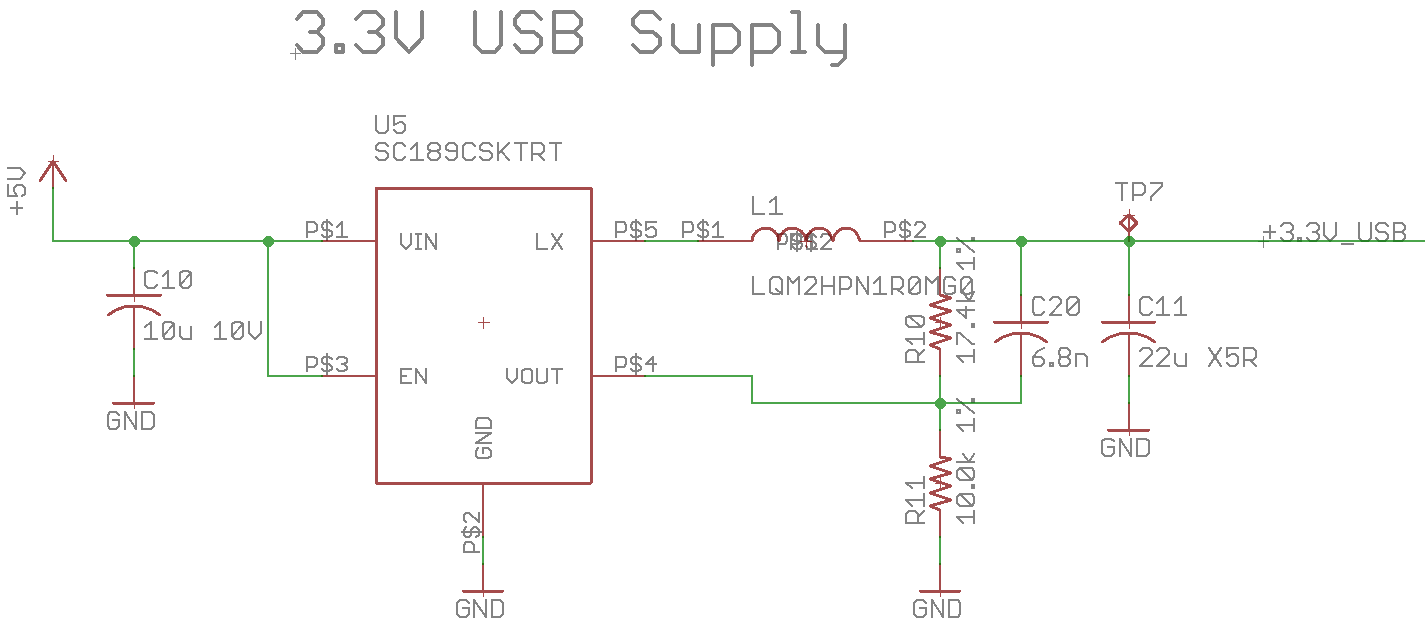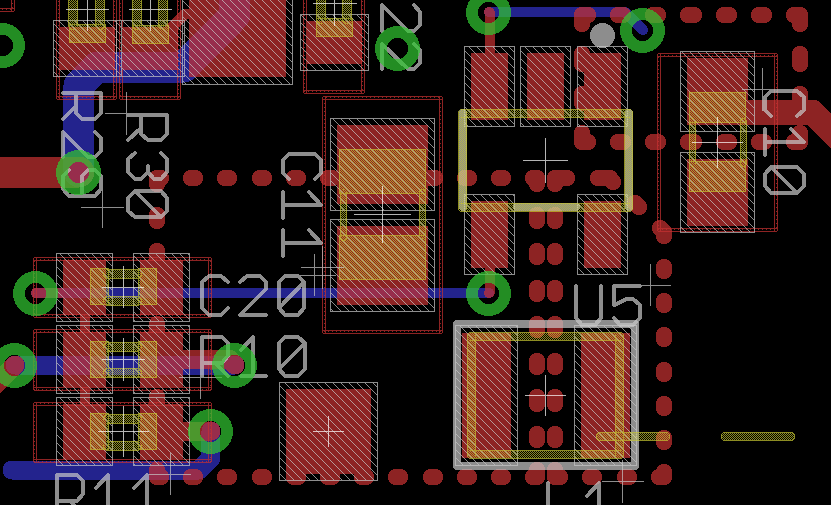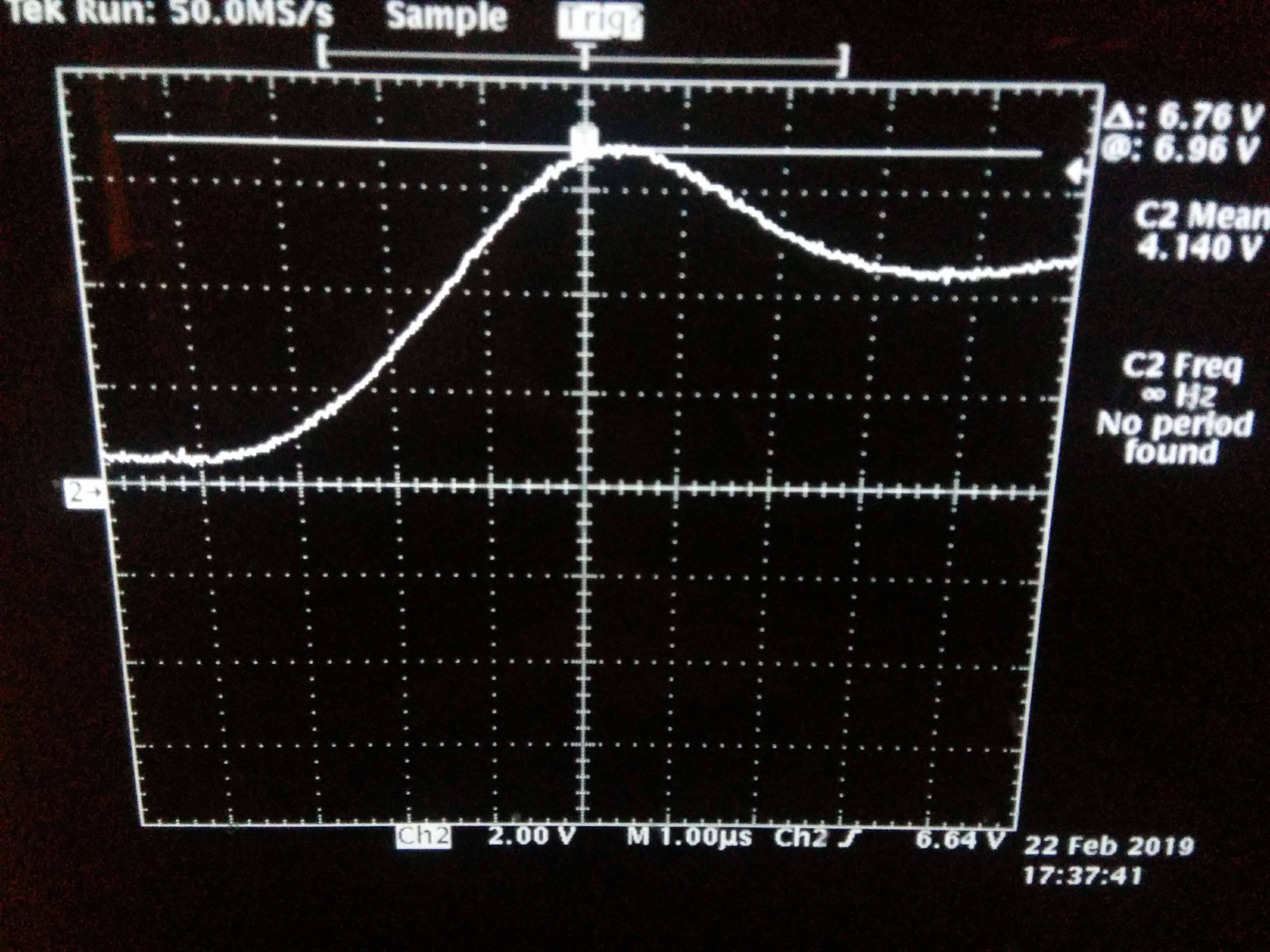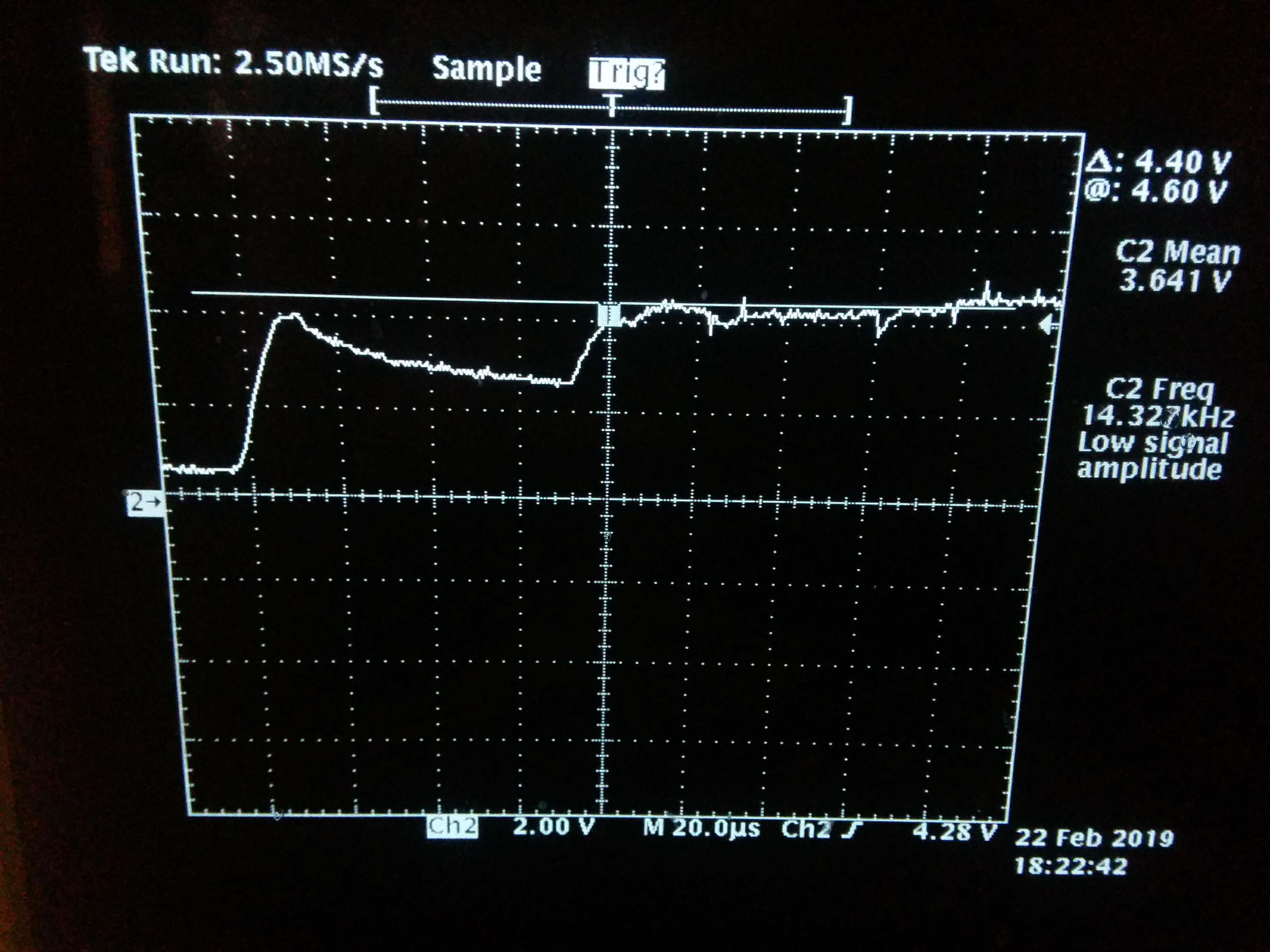I have a small board that uses the SC189C buck regulator to take 5 V down to 3.3 V. For whatever reason somewhere between 25% and 50% of these boards have had the voltage regulator fail at some point, including in ways that have killed the microprocessor they are supposed to power (an ATSAMD21E18A).
In some cases, the regulators have failed with an internal short. In other cases, they lose the ability to regulate well, and I have seen the switching frequency at about 40 kHz and also at 5 MHz when it is supposed to be fixed at 2.5 MHz. In that specific case, using my multimeter to probe the voltage on the output voltage sense pin causes the switching frequency to change between the two and the output frequency to change with it. In both cases, the output voltage sense pin is "close" to the 1.2 V it is supposed to be driven to, but off, at 1.18 or 1.25 V, and stable (no apparent ringing) at these values. In another case, they end up giving a total 1.7 V output for a while.
So far, I have simply been replacing a lot of the failed SC189C regulators. This has worked fine, but I am interested to know what might have caused the failures in the first place, and if there is any additional circuitry I can add to protect them. The datasheet seems to imply they are robust with protection features.
The nominal current draw of the circuit is 130-150 mA, and we are using the SOT23-5 package with the recommended layout from the datasheet: https://www.semtech.com/uploads/documents/sc189.pdf
Input capacitance: 10 uF
Inductor: 1 uH, 55 mohm, 1.6 A (LQM2HPN1R0MG0)
Output capacitance: 22 uF, X5R
R_fb1: 17.4K, 1%
R_fb2: 10.0K, 1%
C_ff: 6.8 nF
The following is what I see with the probe directly across C10 when I insert the USB cable into a battery. It seems to not do this when I insert the USB cable into other 5V sources. The actual peak voltage there is 6.76V.




